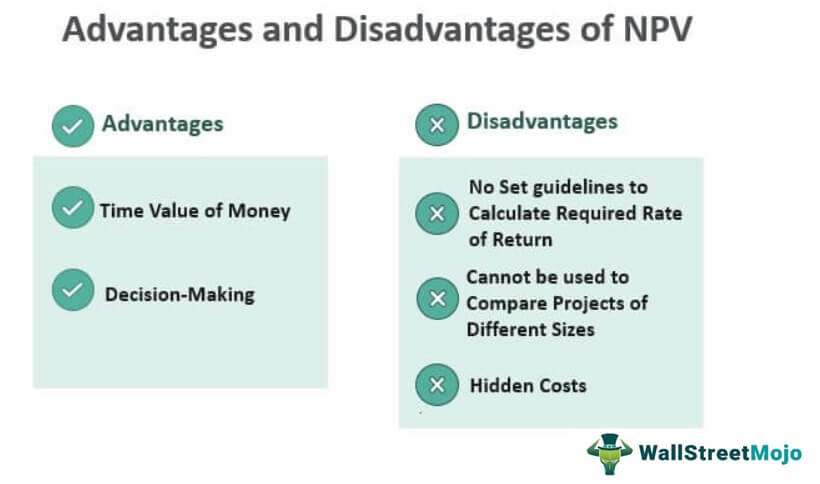
**Meditation: The Eyes Have It – Open vs Closed-Eyed Practice**
Embarking on the path of meditation presents numerous choices. Beginners frequently find themselves pondering techniques, session times, and breathing methods. Among these factors, the choice of whether to meditate with eyes open or closed is one that deserves consideration. This choice greatly affects the meditation experience and can determine the results of your practice.
### Open-Eyed Meditation
**Pros:**
1. **Enhanced Awareness:**
Keeping your eyes open can sustain a degree of alertness, preventing the mind from wandering into daydreams or falling asleep. This can be especially advantageous for those who struggle with drowsiness during meditation.
2. **Sensory Engagement:**
Open-eyed meditation promotes active interaction with your surroundings. By noting your environment while maintaining focus, you can deepen your sense of presence.
3. **Ease of Transition:**
Meditating with eyes open facilitates a smoother transition from meditation to daily tasks. It merges the boundaries between meditative practice and everyday life, encouraging a seamless integration of mindfulness into routine activities.
**Cons:**
1. **Distraction Risk:**
The visual input present with open eyes can occasionally lead to distractions. Beginners may find it difficult to maintain focus with so much occurring in their field of vision.
2. **Less Inward Focus:**
Open eyes can shift attention to external objects, potentially diverting focus away from inward reflection and introspection, which are vital components of numerous meditation practices.
### Closed-Eyed Meditation
**Pros:**
1. **Deep Concentration:**
Meditating with closed eyes naturally reduces environmental distractions. This can enhance focus and allow for a deeper exploration of the practice.
2. **Enhanced Internal Focus:**
With visual cues removed, the mind is often better equipped to turn inward, facilitating deeper introspection and personal contemplation. This can lead to more significant insights and emotional releases.
3. **Calming Effect:**
For many, closing the eyes diminishes sensory overload and encourages relaxation. It can foster a sense of detachment from the external world, promoting mental peace and tranquility.
**Cons:**
1. **Drowsiness:**
The lack of visual stimuli may lead some practitioners to feel sluggish or sleepy, particularly if they are fatigued or meditating in a dimly-lit environment.
2. **Vivid Imagery:**
While some may regard it as an advantage, others find the spontaneous visual images that can arise with closed eyes distracting, as it prompts the mind to drift instead of concentrate.
### Finding Balance
Ultimately, the choice to meditate with eyes open or closed hinges on personal preference and meditation objectives. Some practitioners may opt to combine both techniques, tailoring their practice to meet specific needs or aims.
Utilizing open-eyed methods focusing on a fixed point just beneath your line of sight can yield the benefits of both approaches. Alternatively, softening your gaze while maintaining a gentle awareness of the surrounding space can merge the perks of external and internal awareness.
Experimentation is vital to finding what resonates most effectively. As you advance, you might discover that various practices suit different situations or emotional states. The right method is one that promotes consistent practice and fosters a deeper connection with your meditation purpose.
In the quest for mindfulness, the question of whether to meditate with eyes open or closed serves as a reminder of the variety and adaptability intrinsic to meditation. Embrace the flexibility to discover what enhances your journey, realizing that both pathways provide unique insights and advantages.